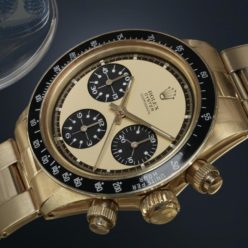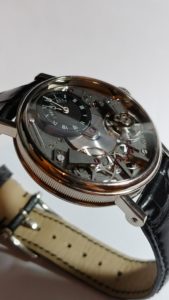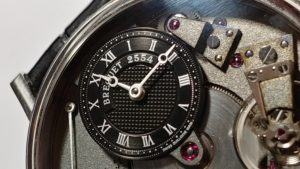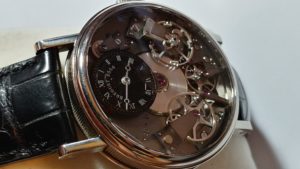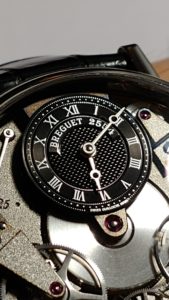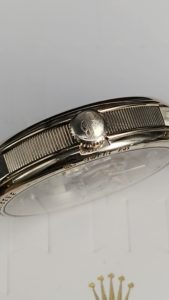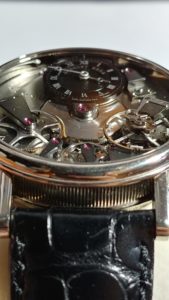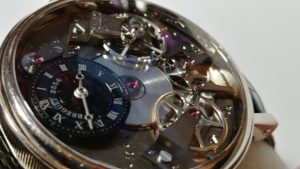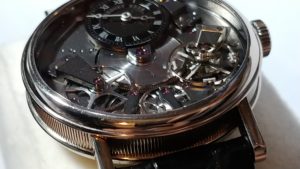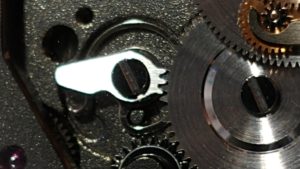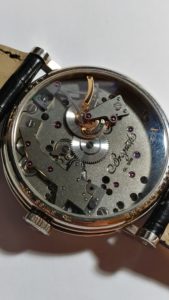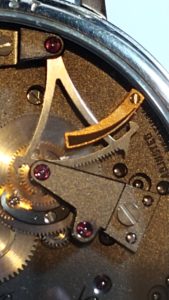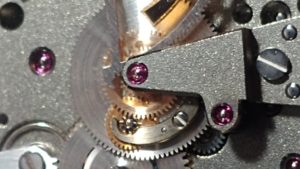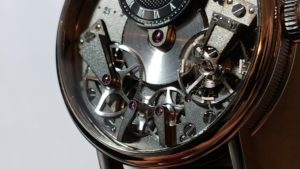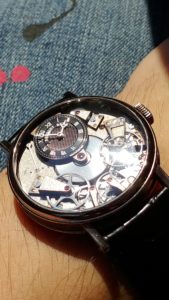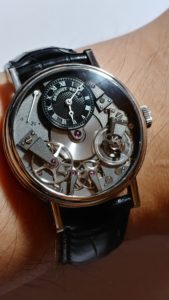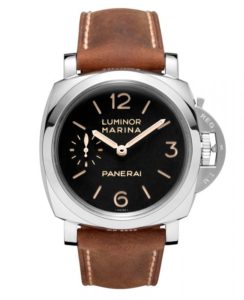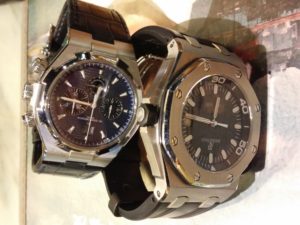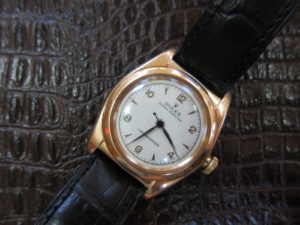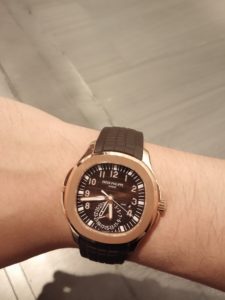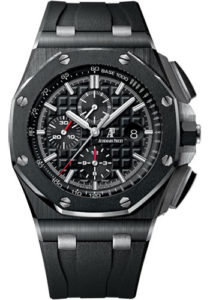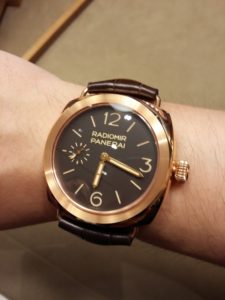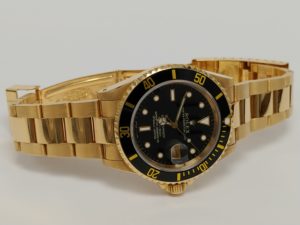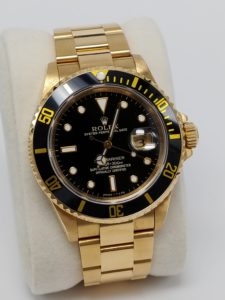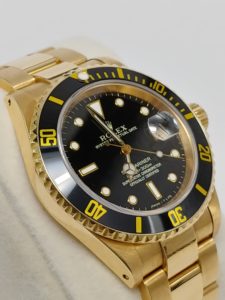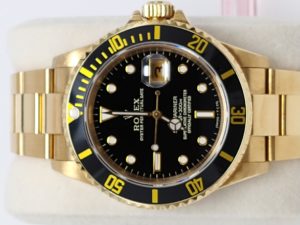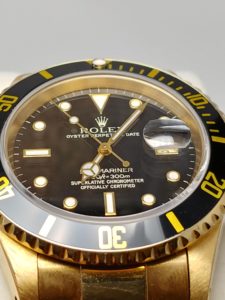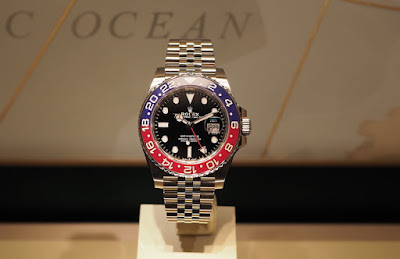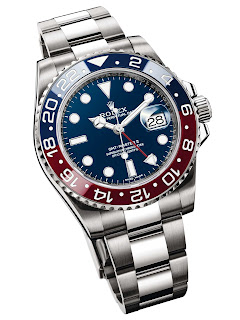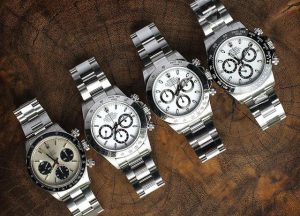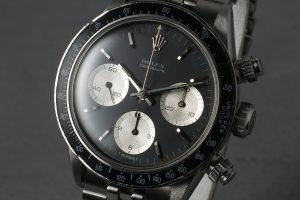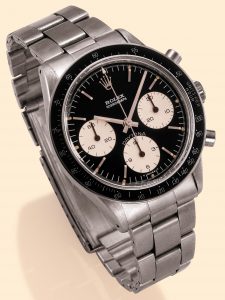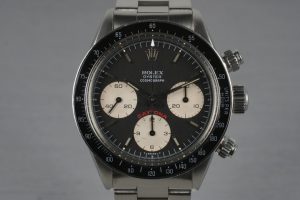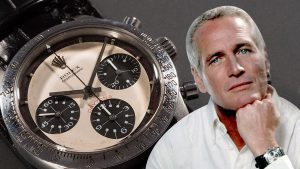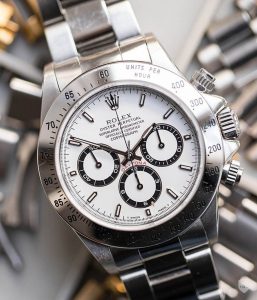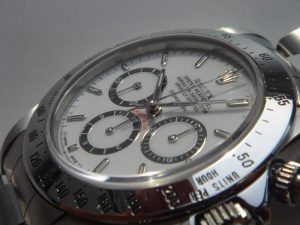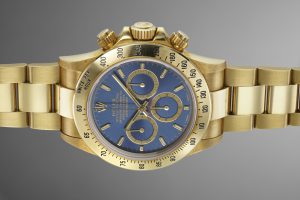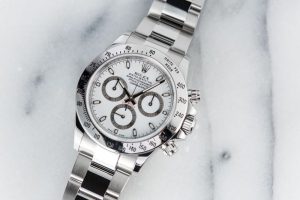Ready for a horological lesson?
If a watch can teach you a lesson on horology, which watch will it be? The
Breguet 7027 may be the answer.
Where does this watch come from?
Named after its founder Abraham-Louis Breguet, Breguet is a brand that strives to preserve the essence of watchmaking left the giant. They came up with an idea of making a watch that could pay tribute to the Souscription watches made by A.L Breguet in the 1790s. Soon, the Tradition Collection was born and the 7027 came out.
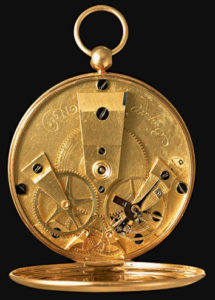
Case and dial
This 7027 here has a 37mm case in white gold. The middle of the case has the signature Breguet coin-edge pattern. The case is around 12mm thick and it has welded lugs. The black lacquered dial is made of a plate of solid gold. It features three different hand-applied patterns : the Clou de Paris in the center, circular graining around the hour ring and a grain d’orge (barley grain) pattern that separates the different zones of the dial. Not many manufatures use solid gold for their dials and Breguet is one of the manufature that craft their dials by hand with solid gold. The hands are very Breguet as well as they have the classic moon tips.
Movement
The movement is what really draws a person into this masterpiece. The hand-wound Cal507 by Breguet is shown on the front of the watch. You can see from the right the blance wheel, the pallet fork, the escape wheel, the fourth wheel, the third wheel and the center wheel on the left. At the center of the watch below the dial is the barrel where the power is stored. It is a vivid horological lesson.
The plates and bridges all have a frosted anthracite finish which can only be done through complex manual processes. The movement also features polished bevelled angles, circular graining on the barrel and wheels, polished angles on the wheel spokes and black-polished screws. It is literally a work of art. The movement has 50 hours of power reserve and you can check the it from the power reserve indicator to the left of the dial. On the back of the watch, you can see another power reserve indicator which is in a vintage style and you can also see the ratchet wheels that turns when you wind the watch. The layout of the movement is well-balanced and it resembles the movement of vintage Souscription watches.
A piece of lesson on horology
When looking at this watch, you cannot help but wonder how a mechanical watch works. The finishes of the 7027 is absolutely top-notch and one of a kind. You see the whole movement exposed to you when wearing the watch. You can enjoy each move of the pallet fork or the balance wheel whenever you stare at it. It is a piece of horological essence that AL Breguet represents.
Style-wise, the watch has a classic size of 37mm and the skeleton dial (the movement) gives an impression that it is a watch with complications while it is just a simple watch. The welded lugs look vintage and the coin-edge case band reinforce that vintage element of the watch. If you ever want to own a watch that represents both modern and classic horology, this is the watch to have.
